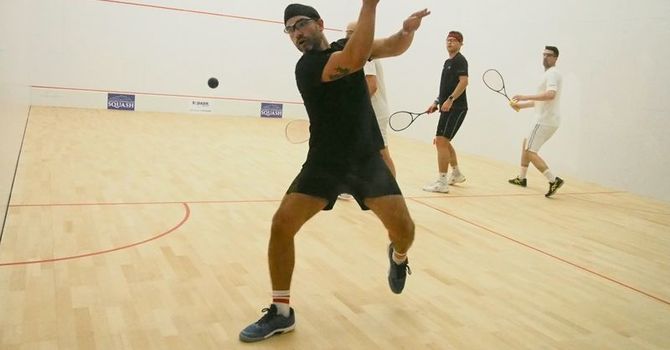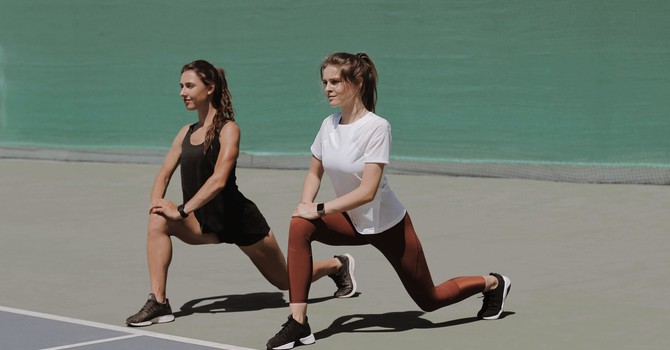
I’ve been thinking a lot about tendons lately, both due to seeing a lot of tendon injuries in my patients as well as managing my own aging tendons. So let’s talk a little about tendons.
Understanding Our Tendons
Tendons are made up of something called connective tissue. Connective tissue, connects tissues such as bone to bone (ligaments) or muscle to bone (tendons), for example. Tendons are made up of a type of connective tissue called collagen. Collagen is resistant to tearing, but that also means that it is not very stretchy. Compared to muscles, tendons have fewer blood vessels in them as well. Because of this, they are both prone to injury and take a lot longer to heal than other types of tissues in the body.
Stiffness: A Balancing Act
In the case of ligaments, the stiffer the better. Ligaments connect bone to bone. An example of a ligament is the ACL which we often hear about being torn in athletics. If a ligament is loose, there will be more movement and therefore force going through the joint and it becomes easier to injure. Conversely, if a tendon is too stiff, this will increase the likelihood of injury to the muscle (i.e. pulling your quad or hamstring). Tendons have a challenging job. They connect a dynamic, stretchy and compliant tissue (the muscle) to a very stiff tissue (bone). Interestingly, research has shown that some parts of the tendon are more flexible than others (the area closest to the muscle is more flexible and the part closest to the bone is more stiff).
Loading Up for Health
How quickly we load a muscle and tendon affects the stiffness of the tendon. Think about a pool of water. If you just allow yourself to sink to the bottom, this is painless. The slow speed allows the water molecules to separate and move around your body as you sink. If you jump off a 3 meter springboard (particularly if you belly flop), the water will feel like you are hitting a very hard surface. The speed in which to enter the water matters. The same thing can be said about your tendons. The faster you load your tendon, the stiffer your tendon will be (the reason is because you won’t be breaking something called “cross links”). If you load a tendon slowly, you will break these cross links and the tendon becomes less stiff which decreases your risk of injury. On a side note, as we age one of the reasons we become more stiff is because of these cross links. Also, those with diabetes tend to get stiffer tendons due to these cross links. Therefore, tendon injuries are more common with age and in those with diabetes. When prescribing exercises for chronic tendonitis, physical therapists often choose exercises with a slow, high load of the tendon. For example, below I have included an exercise very commonly prescribed for chronic tennis elbow. Studies have found that you get the maximal effect of an exercise between 5-10 minutes and then it takes 6 hours for the muscle to recover. The optimal dosing of exercise for tendons based on this research is 3 sets of 15 repetitions, repeated several times a day. The Takeaway:
Slow and Steady Wins the Race
To prevent tendon injuries as we age or recover once it develops, it is important to load our tendons with a high amount of load, but do so in a slow manner. If you only load a tendon quickly, instead of using a slow load, you will increase your risk of injury to the tendon or muscle.

Keely Behning
Contact Me




